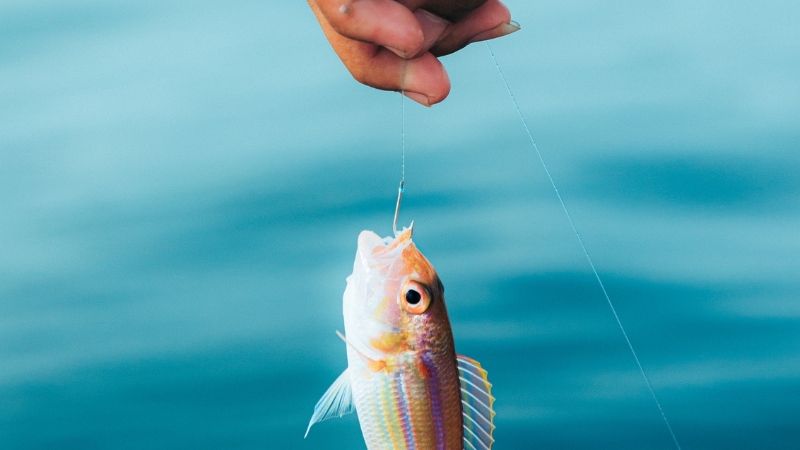Fish are most active and likely to bite during two distinct windows each day: early morning (around sunrise) and late evening (just before and after sunset).
These time periods consistently produce higher catch rates across freshwater and saltwater species due to specific environmental factors—namely, light levels, water temperature, oxygen saturation, and predator-prey behavior.
Scientific studies, angler surveys, and biological observations all point to these low-light hours as peak feeding times for many species, including bass, walleye, trout, catfish, and redfish.
If you’re looking to fish more effectively, knowing why these time windows outperform others and how conditions like weather, moon phase, and season interact with them can significantly increase your success.
Why Time of Day Matters for Fishing
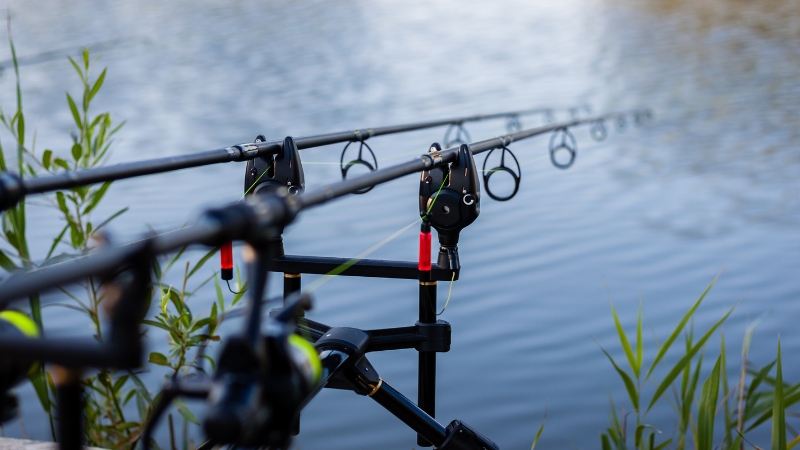
These rhythms are driven by both internal biological clocks and external environmental cues.
Two periods stand out as optimal for fish activity:
These windows are not randomly favored—they are shaped by millions of years of evolutionary adaptation.
Fish tend to be more active and feed more aggressively during these times because the environment is more favorable for both predator and prey species.
The Role of Light in Fish Behavior
One of the most significant factors influencing fish activity is light. Most fish species are not equipped with eyes that work well in bright light.
Instead, they evolved to be more efficient hunters and foragers during low-light conditions.
- During early morning and late evening, sunlight is diffused, reducing the visibility in the water.
- This gives predatory fish, such as bass, pike, or walleye, a significant advantage when ambushing smaller prey.
- Prey fish, feeling less exposed, also tend to move into shallower waters or out from cover, increasing the chances of predator-prey interactions.
Fish Vision and Low-Light Advantage
Research shows that many predatory fish have retinal adaptations that help them see in dim conditions.
Species like walleye have a reflective layer behind their retina (the tapetum lucidum), much like cats or deer.
This adaptation allows them to hunt very effectively during dawn, dusk, or even night, when their prey is less cautious.
Temperature and Oxygen: Environmental Drivers
View this post on Instagram
Another reason fish are more active during early and late hours has to do with water temperature and dissolved oxygen levels.
Water Temperature
- Fish are ectothermic (cold-blooded), meaning their body temperature is regulated by their surroundings.
- As the sun rises and heats the water, oxygen levels decline, particularly in warmer months.
- Cooler water in the early morning retains more oxygen, making fish more active.
- Evening offers a second wind, as temperatures drop slightly, especially on hot summer days.
Oxygen Saturation
Dissolved oxygen levels are typically highest in the early morning, especially in flowing rivers or well-oxygenated lakes.
Low oxygen levels during the heat of the day can cause fish to become lethargic and retreat to deeper, cooler waters.
Morning Fishing: Breakdown Table
– Lower light levels are ideal for predators – Less wind and surface disturbance – Fewer boats and human activity – Increased insect activity for surface feeders – Some species may be less active after cool nights in spring/fall – Smallmouth bass – Trout (especially river trout) – Walleye – Panfish (bluegill, crappie)
Category
Details
Pros
– Cooler temperatures and high oxygen saturation
Cons
– Requires an early wake-up
Most Active Species
– Largemouth bass
Fishing in the early morning—particularly around sunrise—is often one of the most productive windows for anglers. As the day begins, air and water temperatures are still relatively cool, which helps maintain higher oxygen levels in the water.
Fish, being cold-blooded, are generally more active in this environment, especially after a restful night. This period also benefits from reduced light intensity, which favors predatory species that prefer to ambush their prey under the cover of dim light.
Morning typically offers calm water conditions with little to no wind, creating an ideal setting for surface feeding. Fewer boats or recreational disturbances also mean that fish are less spooked and more willing to move into shallower areas.
For fly fishers or anglers using topwater lures, early morning often coincides with insect hatches, prompting active surface strikes.
However, morning fishing isn’t without drawbacks. For one, it requires an early start—often well before sunrise—to be truly effective.
Additionally, in cooler seasons like spring and fall, some species may be slow to start feeding if water temperatures drop significantly overnight.
Still, for those who make the effort, the rewards of morning fishing can be exceptional, especially when targeting species like bass, trout, and panfish.
Evening Fishing: Breakdown Table
– Fish feed aggressively before nightfall – Increased insect activity – Ideal time for surface and topwater lures – Better visibility for anglers compared to early morning – More boat traffic and human activity in some areas – Striped bass – Redfish and snook (in saltwater) – Carp (especially after dusk)
Category
Details
Pros
– Water temperatures begin to drop again
Cons
– Limited fishing time before it gets dark
Most Active Species
– Catfish
Evening fishing, especially in the hour or two leading up to and just after sunset, is another prime opportunity to land a great catch.
As the sun begins to lower and temperatures start to fall, fish that were less active during the midday heat often return to shallower areas to feed. This drop in temperature also improves dissolved oxygen levels, stimulating increased movement and predatory behavior.
One of the key biological triggers during this time is the approach of night. Fish sense the transition and instinctively feed more aggressively, knowing that a prolonged dark period is coming.
This makes evening a particularly effective time to target fish that rely on ambush or chase-style feeding tactics.
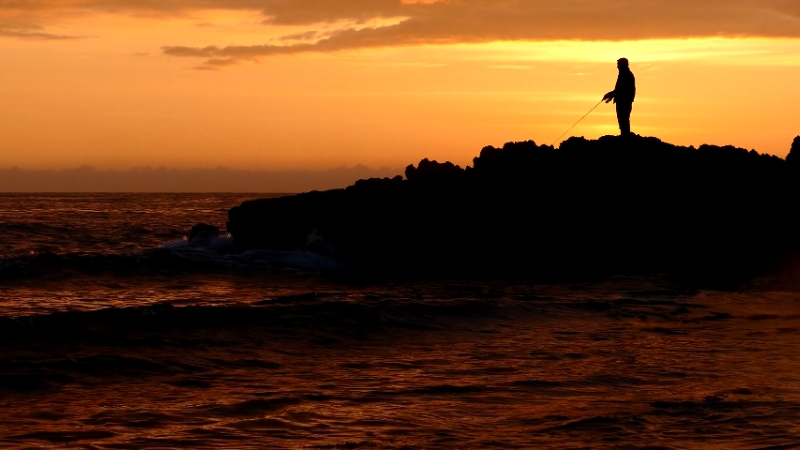
Insects are also highly active around dusk, especially in warmer months, drawing surface-feeding species into shallows and making this a perfect window for fly fishing or using topwater lures.
Anglers also benefit from improved visibility compared to early morning, making it easier to cast accurately and monitor lure action.
However, evening fishing has its limitations. The available light quickly fades, which shortens the effective fishing window. Depending on your location, this time of day may also see increased competition from other anglers or recreational boaters returning to shore.
Still, for species like catfish, striped bass, redfish, snook, and even carp, evening can deliver some of the most exciting bites of the entire day, especially if you stay out just past sunset.
What Surveys and Studies Reveal About Fish Feeding Times
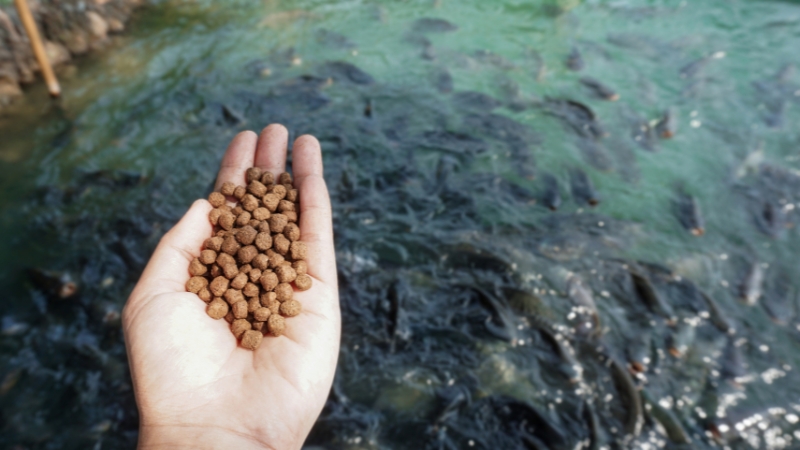
While anecdotal evidence from anglers has long pointed to dawn and dusk as the best times to fish, large-scale surveys and scientific studies have helped quantify those claims.
One particularly useful dataset comes from the North American Fishing Club, which surveyed thousands of anglers and analyzed detailed fishing logs to determine when fish are most likely to bite.
Time of Day
Average Rebported Bites per Hour
Early Morning
6.4 bites/hour
Midday
2.3 bites/hour
Late Afternoon
4.8 bites/hour
Evening
6.9 bites/hour
Night
3.1 bites/hour
These numbers provide compelling evidence that morning and evening are the peak feeding windows, confirming what seasoned anglers have known intuitively for generations.
With bite rates during these windows nearly three times higher than midday, no doubt, timing your trip around these periods can dramatically increase your success on the water.
Key Variables That Influence Bite Activity
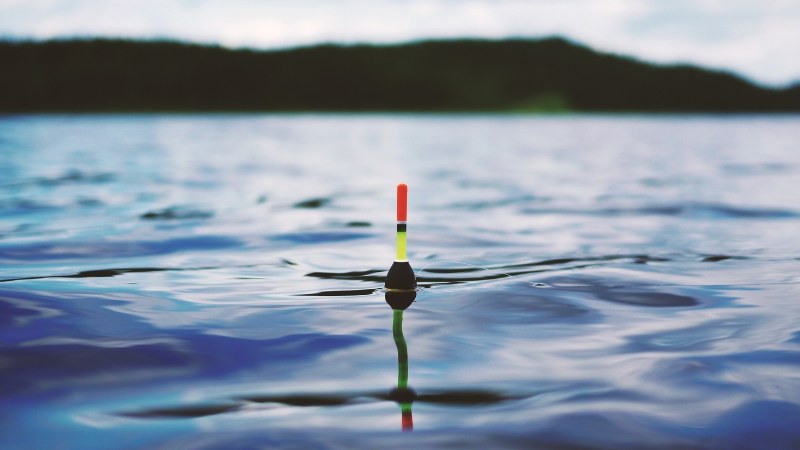
While time of day is critical, it’s not the only factor at play. Fish behavior is influenced by a range of environmental and biological variables, many of which interact in complex ways.
1. Lunar Phases and Solunar Theory
The moon has a profound effect on aquatic ecosystems, particularly in tidal saltwater environments, but also in freshwater systems.
Many experienced anglers plan their trips around solunar tables, which chart predicted peak activity periods based on moonrise, moonset, and moon phase.
- Major feeding periods typically align with the moon being directly overhead or underfoot.
- Minor periods occur at moonrise and moonset.
- Full and new moons often trigger heightened activity, especially for nocturnal feeders.
Although the solunar theory isn’t a guaranteed formula for success, many fish species do show increased feeding patterns during these lunar-aligned windows, especially when combined with favorable weather and water conditions.
2. Weather Fronts and Barometric Pressure
Changes in atmospheric pressure can have an immediate impact on fish behavior.
Falling barometric pressure, often ahead of a storm system, tends to increase fish activity, possibly because fish sense the impending change and feed aggressively before conditions worsen.
- Before a storm, Fish often feed heavily in anticipation.
- After a storm, Fishing can slow dramatically as fish retreat to cover or become less responsive.
Tracking local weather forecasts and aligning your trip just ahead of a cold front or thunderstorm can be one of the most effective strategies for experienced anglers.
3. Water Clarity
@tylersreelfishing How does the water CLARITY affect bass fishing where you live? 🎣 #fishing ♬ original sound – TylersReelFishing
Water visibility can affect both predator efficiency and prey behavior.
- In clear water, fish are more cautious during bright daylight, often feeding deeper or in shaded areas.
- In murky or stained water, reduced visibility can work in your favor by extending low-light conditions, essentially prolonging the bite window throughout the day.
Seasonal Fishing Activity by Time of Day
Midday can also be good on warm days – Insects and baitfish emerge – Surface feeding increases – Shallow, sun-warmed areas draw fish Night fishing is also effective – Oxygen levels drop in the shallows – Topwater lures are effective during low light – Catfish & carp bite well at night Morning & Evening are still ideal – Cooling temps move baitfish shallower – Stable weather increases activity – Consistent bite windows Bite windows are brief but predictable – Metabolism is reduced – Activity tied to slight warming and pressure changes – Ice fishing is popular where applicable
Season
Time of Day Effectiveness
Key Characteristics
Spring
Morning & Evening are both productive
– Fish become more active as water warms
Summer
Morning & Evening are critical
– Hot midday temperatures drive fish deeper
Fall
All-day bite possible
– Fish feed heavily before winter
Winter
Midday is often the most productive
– Fish slow down due to cold temperatures
Final Thoughts
When it comes to increasing your catch rate, timing is one of the most powerful tools you have.
While there are many factors that influence fish feeding patterns, the consistent takeaway from science, experience, and data is that early morning and late evening remain the most productive times to fish across a wide range of species and environments.
These crepuscular periods offer optimal conditions: low light, rising or falling temperatures, increased prey activity, and decreased angler pressure.
When combined with favorable weather and seasonal alignment, these windows can dramatically enhance your success on the water.
Whether you’re targeting bass at sunrise, casting for redfish at dusk, or watching carp tail in the twilight, remember that nature’s clock plays a central role in the rhythm of the underwater world. Fish according to it—and you’ll fish smarter, not harder.

